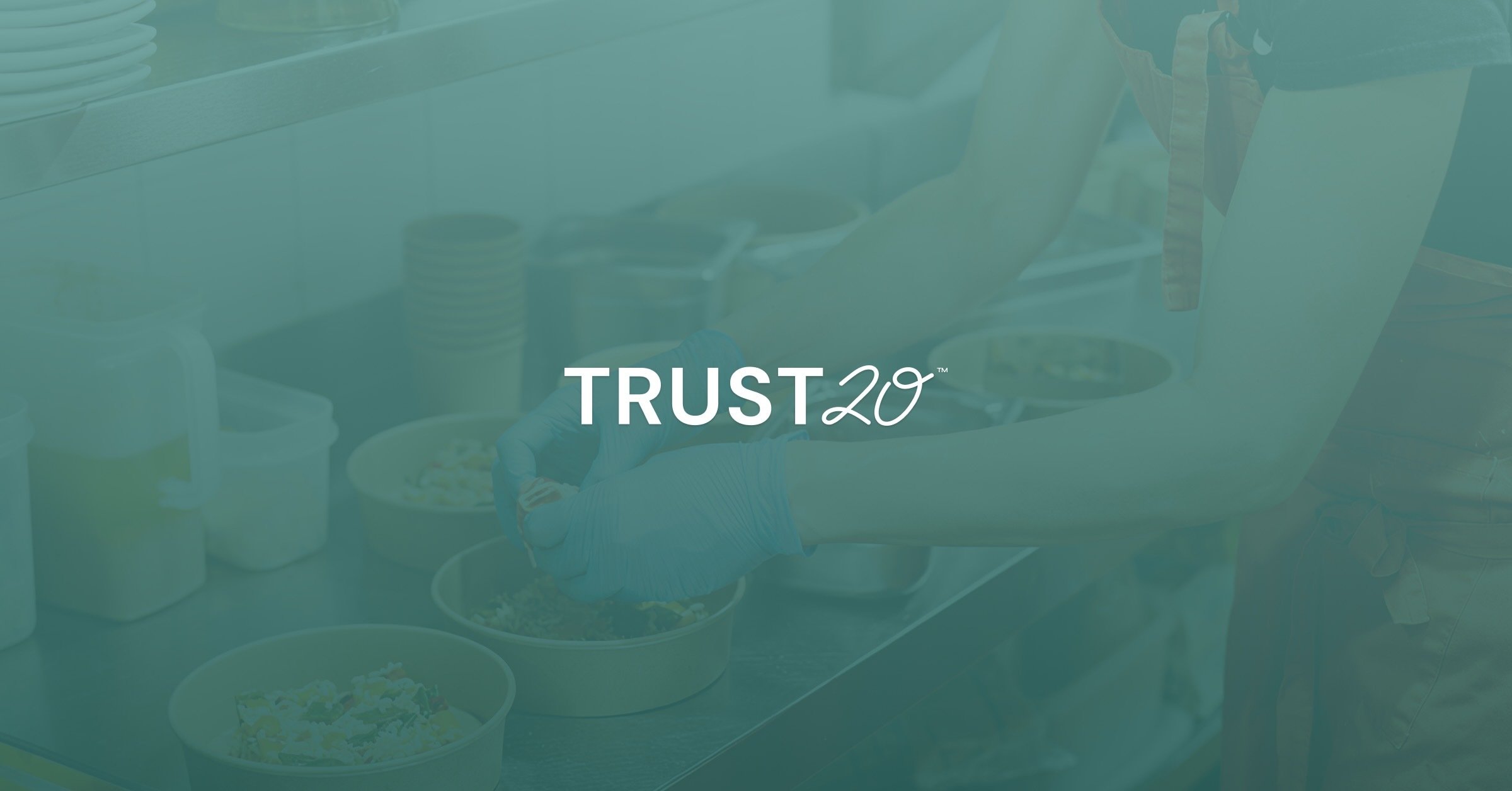Trust20 recently shared some ideas for how professionals in the foodservice industry can increase their cultural competency when they pause to reflect on their own actions and behaviors. Today, we’re back with five ways foodservice workers can offer a more inclusive dining experience for customers walking through their doors. The list includes:
Plan ahead for allergies, intolerances, and preferences
Actively listen to your customers with allergies
Repeat the modification back to the customer to ensure clarity
Provide reassurance to your customer
Ensure the final dish aligns with their expectations
1. Plan ahead for allergies, intolerances and preferences
Food allergies, intolerances, and preferences are on the rise. Not only has the rate of food allergies increased worldwide, but the array of foods people are allergic to has also expanded.1 Foodservice establishments can plan ahead by brainstorming with the kitchen staff and building a separate menu for people with allergies, as well as those who follow Vegan, Kosher, or Halal practices. This can ensure a business can offer rich flavors and exciting choices for their patrons-even if a commonly used ingredient requires substitution.
Note: If businesses choose to offer a set menu that does not allow for modifications, they should communicate that on their website, social media platforms, menu, and near the entrance to the establishment.
2. Actively listen to your customer and understand the specifics of a request
In customer interviews, Trust20 has repeatedly encountered diners with dietary restrictions who feel dismissed and unseen by foodservice workers. Customers report, on multiple occasions, having to repeat their request for a modification because the request was not acknowledged–even to the point of having to send a dish back more than three times in order to get the correct modification for a food allergy. Remember, you don’t necessarily need to know exactly WHY someone is making a request to modify their dish–only WHAT the specific modifications entail.
3. Repeat the modification back to the customer to ensure clarity
Whether you’re certain or not, repeating the modification request back to your customers in a calm and clear tone not only makes them feel more comfortable and heard, but it can help make sure you are able to accurately communicate their modifications to the kitchen. More communication is always best!
4. Provide reassurance to your customer
Once someone has placed an order that includes a modification, it is up to the server and kitchen to work together to make sure it is properly executed. Following best practices means stopping in the kitchen to confirm the back of house team saw the modification request and checking in to see if the food handlers have any questions. Let your customer know with confidence their meal will be prepared properly.
5. Ensure the final dish aligns with their expectations
Servers should always look closely at a dish with a modification request before bringing it to the table to ensure the kitchen staff followed through–especially when orders are input into a Point of Sale (POS) system. The final step, of course, is to ensure the dish looks correct to the customer. These steps are crucial to protecting diners, as well as the reputation of the business itself.
The foodservice industry takes great pride in its work–and it should. Meeting the needs of diners from diverse backgrounds or people with food intolerances, allergies, and preferences with confidence and compassion may sometimes feel uncomfortable because it takes practice. Operators can help their teams start by implementing these five steps into their training processes and encouraging their teams to save themselves time and energy by staying cool, calm, and collected throughout the process.
Sources:






.png)

.png)
